Research Chairs
DPM
The department of Design Production and Management has among others a strong focus on user centered design and was one of the early adopters of AM technology within the University. Research is conducted towards design for AM (DfAM), generic AM process & product quality and the development and first exploration of novel AM processes.
IEBIS
One of the research fields within the department IEBIS (Industrial Engineering and Business Information Systems) is decision support for after-sales service supply chains for capital goods. A key cost driver in such supply chains are the spare part inventories required to reduce downtime in case of an unexpected, critical failure in a system. The combination of a large number and diversity of spare parts, low demand rates, high part values and long lead times typically leads to high spare part inventory investment. Additive manufacturing offers opportunities to streamline the spare part supply chain by a strong reduction in lead times, up to the possibility to manufacture parts on demand and on location rather than to manufacture them using conventional technology to stock. Also, AM may be a good alternative in the final phase of an asset’s life cycle when regular supply is often disrupted because of low demand volumes. We develop quantitative optimization models to support decisions where, when and how AM can contribute to a more effective and efficient spare part supply chain.
https://www.utwente.nl/en/bms/iebis/
Projects
Multi material Vat Polymerization Vat polymerization describes a group of processes that use light (laser, digital light processing (dlp)) to selectively solidify photo polymeric resins. In the dlp variant a beamer is used to solidify a layer at once. This process is especially appropriate for small and detailed products with good surface quality. By adding powders to the resin products can be produced that contain both the resin as the powder material. By subsequent sintering steps the resin can be removed and products remain consisting of powder material only. The goal of this project is to develop a process chain that is able to print small products containing distinct ceramic or metallic features.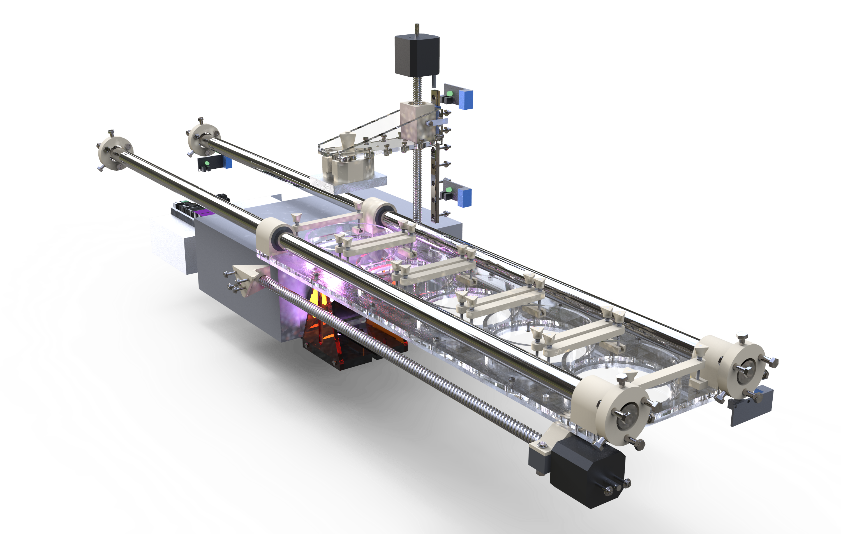
Additive manufacturing using wood fibers Additive manufacturing is able to print products in many material; wood is not one of them. There are some initiatives that add small percentages of wood to for example plastic filament to enhance the touch and feel of the resulting printed product. This research line focusses on the development of a new process line that uses recycled wood residue from the interior decorating industry to print large scale wooden objects like furniture.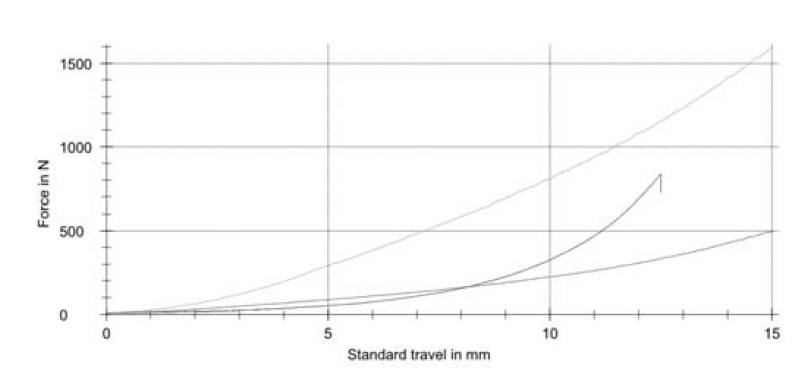
Additive manufacturing using continuous fibers Fiber reinforced plastics are one of the engineering plastics which role is of increasing importance in for example automotive and aviation industry. The resulting products among others have very high stiffness to weight ratio allowing for the production of lightweight cars and airplanes, thus reducing fuel consumption. The fibers are used in two types, short fibers as additives to standard AM processes, and continuous fibers used in material extrusion type processes (FDM). Adding fibers to FDM type processes changes the nature and applicability of the process, which is the topic of research within this project.
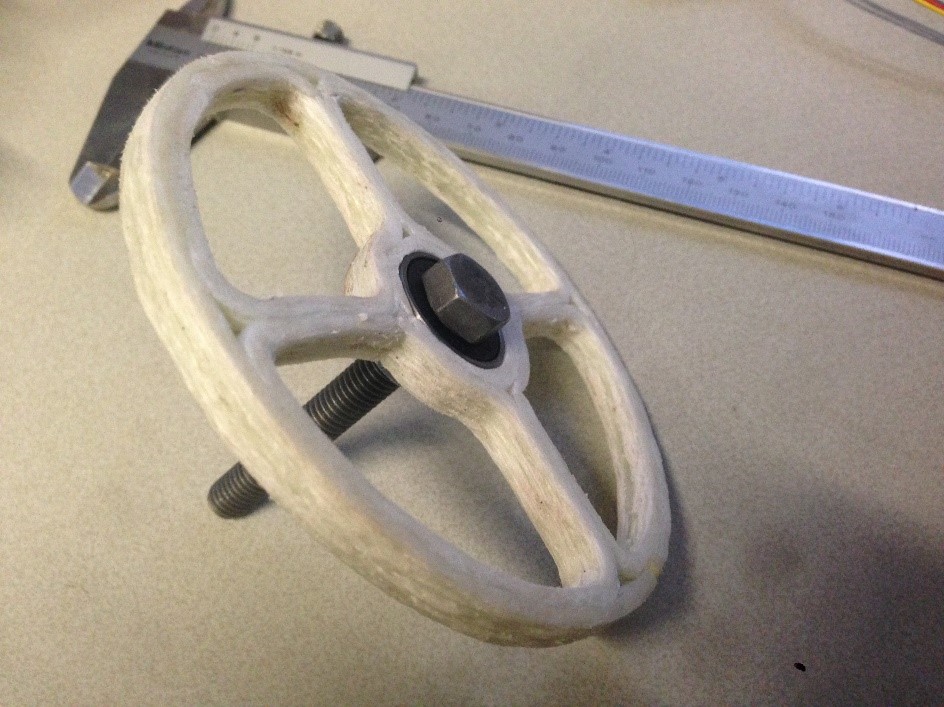
Additive manufacturing of ceramic filters and membranes Specific additive manufacturing processes can be used to print porous structures. The porosity of these structures can be used as an advantage, for example for products to be used as membranes and filters. Within this project research was conducted into several AM methods and their suitability for printing functional porous structures. Binder jetting on ceramic powders was identified as the most promising direction of research. For this purpose a test powder bed printer was designed and build.
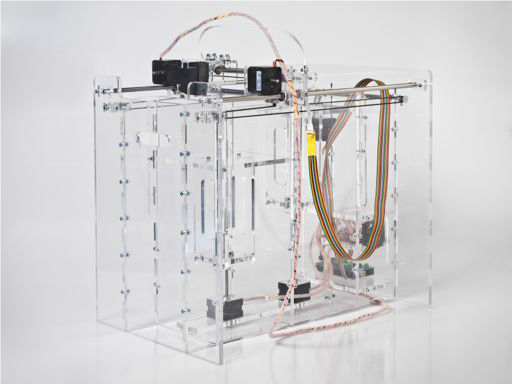
Introducing additive manufacturing within commercial organization Although additive manufacturing has been around for decades, the application in industry and every day live has seen an explosive growth. AM processes are seen as processes that can make any shape in an material at low labor and production costs. As a result many companies now look how to integrate AM in their business. But there are many processes, all with their specific pros and cons. Furthermore is the adaptation of AM as a production process for end-us-products in most cases only successful if also the business model and the product design is adapted to this new production technology.
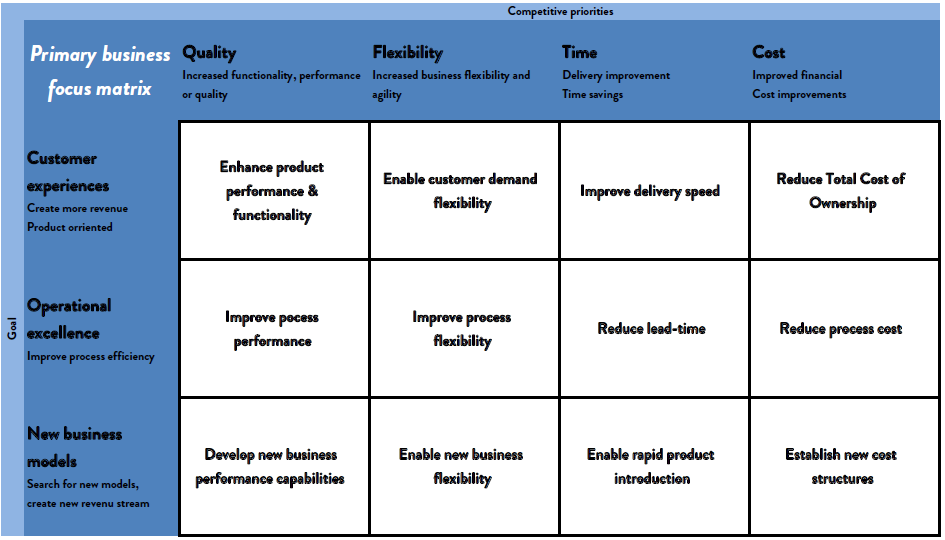
Laser-induced Forward Transfer (LIFT) 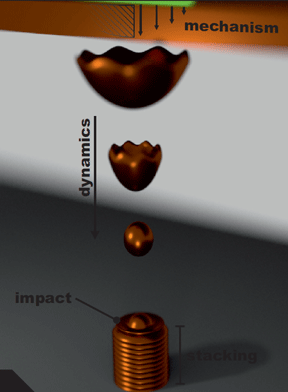
Laser-Induced Forward Transfer (LIFT) is a high resolution direct write method, allowing the selective transfer of many materials on a micrometer scale. In the LIFT process, a thin film serves as a donor material that is to be transferred, which is referred to as the donor layer. It is supported by a carrier substrate that is transparent to the incident laser wavelength. A pulsed laser is focused on the carrier–donor interface to induce the necessary energy to transfer the donor material onto a receiving substrate, referred to as the receiver. Laser-induced forward transfer is a promising method for 3D printing of various materials including metals and even living cells. It allows for drop-based deposition of a wide range of metals including chromium, tungsten, gold, nickel and aluminum. Also pastes, hydrogels, and liquids have been processed.
Large Scale 3D laser cladding 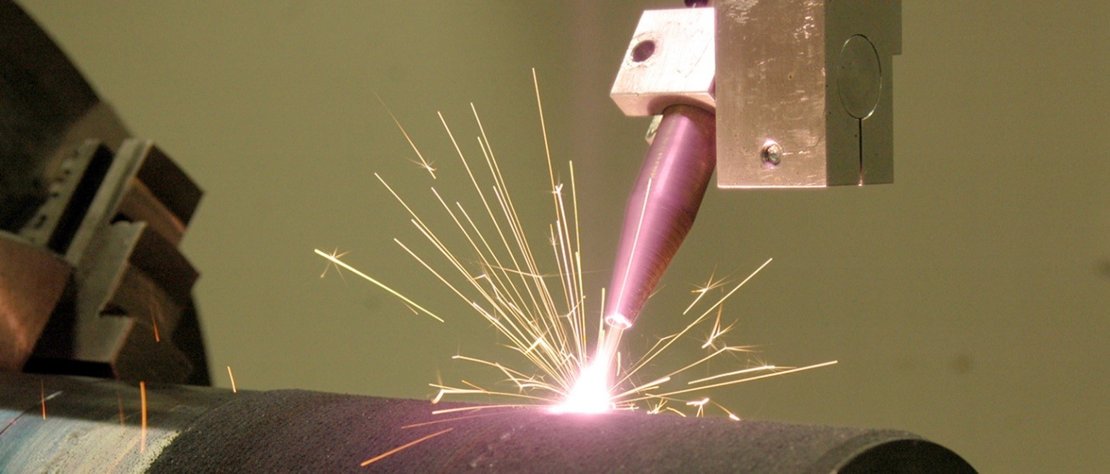 Laser cladding enables the creation of parts by melting and deposition of material from powder or wire feedstock. The disadvantages of traditional (laser based) Additive Manufacturing techniques like Selective Laser Melting (SLM) can be overcome by laser 3D cladding. Into the laser-induced melt pool either powder or a wire is fed. The powder or wire is melted as it is immersed into the melt pool and solidifies as soon as the laser beam passes. Deposition of tracks and layers of material is achieved by relative motion between the part (on the platform) and the laser ”deposition head”, which is typically mounted on a robotic system. A further advantage of 3D Laser cladding over SLM is attributed to the relatively large work envelope of the robot, allowing printing of large products. Build rates up to about 10 kg/hour can be reached, depending on the material to be printed and the power capacity of the laser source. This is upto 3 orders of magnitude more than the build rates of SLM. As a result, the costs of production are significantly reduced compared to SLM. Moreover, the accuracy and repeatability of modern industrial robots allows to improve the production accuracy achieved by 3D Laser cladding. Last, but not least, the robot, as well as the laser source, allow a high degree of automation, improving the reliability and robustness of the process. Due to the relative high flexibility in the supply of one or more powder streams, or alternatively of one or more wires, products can be built from multiple materials (and material types). Further, compared to SLM, few(er) support structures are needed to produce overhangs. The latter, and the fact that only material which is needed for the product is deposited, results in highly efficient use of material.
Laser cladding enables the creation of parts by melting and deposition of material from powder or wire feedstock. The disadvantages of traditional (laser based) Additive Manufacturing techniques like Selective Laser Melting (SLM) can be overcome by laser 3D cladding. Into the laser-induced melt pool either powder or a wire is fed. The powder or wire is melted as it is immersed into the melt pool and solidifies as soon as the laser beam passes. Deposition of tracks and layers of material is achieved by relative motion between the part (on the platform) and the laser ”deposition head”, which is typically mounted on a robotic system. A further advantage of 3D Laser cladding over SLM is attributed to the relatively large work envelope of the robot, allowing printing of large products. Build rates up to about 10 kg/hour can be reached, depending on the material to be printed and the power capacity of the laser source. This is upto 3 orders of magnitude more than the build rates of SLM. As a result, the costs of production are significantly reduced compared to SLM. Moreover, the accuracy and repeatability of modern industrial robots allows to improve the production accuracy achieved by 3D Laser cladding. Last, but not least, the robot, as well as the laser source, allow a high degree of automation, improving the reliability and robustness of the process. Due to the relative high flexibility in the supply of one or more powder streams, or alternatively of one or more wires, products can be built from multiple materials (and material types). Further, compared to SLM, few(er) support structures are needed to produce overhangs. The latter, and the fact that only material which is needed for the product is deposited, results in highly efficient use of material.
Solid state additive manufacturing of lightweight alloys The majority of the currently applied additive manufacturing approaches for metals are based on partial or complete melting of the added material followed by solidification. The resulting microstructure is often non-homogeneous and may be sensitive to crack formation and porosity. For applications where high strength and toughness are required only a limited number of alloys is available.

Principle of deposition process
Solid state additive manufacturing eliminates the melting and solidification of the added metal and leads to a more homogeneous microstructure with better mechanical properties. The process is based on frictional heating of the added material, where the relative motion of the rotating tool with respect to the substrate supports the bonding process.
The research is directed towards the development of a versatile solid state process that allows a wide variety of alloys to be printed with a fine microstructure, good surface properties, low levels of residual stresses and at high build rates. Currently, the emphasis is on solid state additive manufacturing of lightweight aluminium and magnesium alloys that are typically used in transport applications, but are difficult to print with state-of-the-art liquid based approaches.

Example of two deposited layers on a substrate
3D printing of elastomers requiring vulcanization The additive manufacturing of elastomers has mostly been devoted to thermoplastic elastomers that have rubber like properties but encompass only a small portion of the current elastomer market. The market is dominated by elastomer/rubber products, such as tires and transport belts, that obtain their properties through a vulcanization heat treatment. The research is directed towards the development of an additive manufacturing system for these types of rubbers.
Within the SINTAS project (Sustainability Impact of New Technology on After sales Service supply chains), we study the impact of additive manufacturing on spare part supply chains for advanced capital goods. The project is a collaboration of Industrial Engineering and Mechanical Engineering at UT, and Industrial Engineering at TU/e. Industrial partners are Fokker Services, Thales, Defense, NLR, and Additive Industries. The project consists of three work packages with one PhD student each
- impact of AM on failure behavior and maintainability,
- impact of AM on network design
- impact of AM on spare part inventory policies at various stages of the life cycle.
Project duration: November 2014-November 2019. See http://www.dinalog.nl/project/nwo_project_sintas-1/







 Laser cladding enables the creation of parts by melting and deposition of material from powder or wire feedstock. The disadvantages of traditional (laser based) Additive Manufacturing techniques like Selective Laser Melting (SLM) can be overcome by laser 3D cladding. Into the laser-induced melt pool either powder or a wire is fed. The powder or wire is melted as it is immersed into the melt pool and solidifies as soon as the laser beam passes. Deposition of tracks and layers of material is achieved by relative motion between the part (on the platform) and the laser ”deposition head”, which is typically mounted on a robotic system. A further advantage of 3D Laser cladding over SLM is attributed to the relatively large work envelope of the robot, allowing printing of large products. Build rates up to about 10 kg/hour can be reached, depending on the material to be printed and the power capacity of the laser source. This is upto 3 orders of magnitude more than the build rates of SLM. As a result, the costs of production are significantly reduced compared to SLM. Moreover, the accuracy and repeatability of modern industrial robots allows to improve the production accuracy achieved by 3D Laser cladding. Last, but not least, the robot, as well as the laser source, allow a high degree of automation, improving the reliability and robustness of the process. Due to the relative high flexibility in the supply of one or more powder streams, or alternatively of one or more wires, products can be built from multiple materials (and material types). Further, compared to SLM, few(er) support structures are needed to produce overhangs. The latter, and the fact that only material which is needed for the product is deposited, results in highly efficient use of material.
Laser cladding enables the creation of parts by melting and deposition of material from powder or wire feedstock. The disadvantages of traditional (laser based) Additive Manufacturing techniques like Selective Laser Melting (SLM) can be overcome by laser 3D cladding. Into the laser-induced melt pool either powder or a wire is fed. The powder or wire is melted as it is immersed into the melt pool and solidifies as soon as the laser beam passes. Deposition of tracks and layers of material is achieved by relative motion between the part (on the platform) and the laser ”deposition head”, which is typically mounted on a robotic system. A further advantage of 3D Laser cladding over SLM is attributed to the relatively large work envelope of the robot, allowing printing of large products. Build rates up to about 10 kg/hour can be reached, depending on the material to be printed and the power capacity of the laser source. This is upto 3 orders of magnitude more than the build rates of SLM. As a result, the costs of production are significantly reduced compared to SLM. Moreover, the accuracy and repeatability of modern industrial robots allows to improve the production accuracy achieved by 3D Laser cladding. Last, but not least, the robot, as well as the laser source, allow a high degree of automation, improving the reliability and robustness of the process. Due to the relative high flexibility in the supply of one or more powder streams, or alternatively of one or more wires, products can be built from multiple materials (and material types). Further, compared to SLM, few(er) support structures are needed to produce overhangs. The latter, and the fact that only material which is needed for the product is deposited, results in highly efficient use of material.
